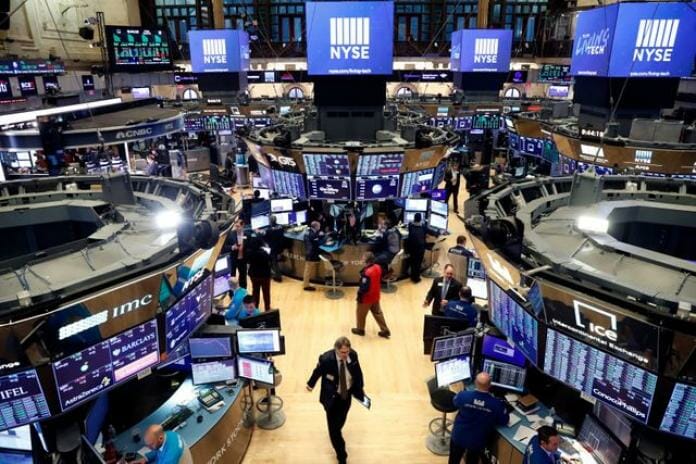Appetite for risk was understandably in short supply across markets today, with investors unsure of which side of the hawkish/dovish ledger the Fed will land on at the policy meeting with regards to rhetoric.
While no rate change is expected, market attention will be squarely focused on the forward guidance provided against this backdrop of escalating energy prices.
If Jerome Powell chooses to emphasise the growing risk of inflation stemming from rising oil prices, this could provide a platform for the USD and treasury yields to extend recent gains.
However, if the Fed decides to gloss over the oil price impact and if there is no foreshadowing of a potential November hike, risk-assets would likely be the beneficiaries.
So, in terms of market reaction to the FOMC meeting, it likely will boil down to the Fed’s take on what rising oil prices mean for inflation and indeed the interest rate outlook.
This current era of high inflation has proved to be anything but “transitory”, so it will be interesting to see how the Fed evaluates the upside risks this time around with oil again within sight of the $100 per barrel mark.
Oil has softened in the run-up to the Fed meeting on some profit taking following recent gains. During Asian trading hours on Wednesday, the WTI contract eased 0.4% to $90.10.
However, supply dynamics look likely to limit downside moves in the short-term, with the Saudi Arabian and Russian production cuts having the intended upward impact on the price.
China today kept the 1-year and 5-year LPR (Loan Prime Rates) unchanged at 3.45% and 4.2% respectively, which was the most likely outcome.
The solid retail sales and industrial production data released last week from China has allowed authorities to keep the LPR’s on hold for the time being, with ongoing yuan weakness likely also adding to the argument to keep rates steady.
However, a run of more, positive economic results will be needed from China to convince markets that the trough of the downturn has already been reached.
If the optimistic indicators from China last week prove to be the exception rather than the rule, then further easing of interest rates will likely be required before year-end.
Elsewhere, gold is hovering around the $1930 level with the precious metal awaiting cues from the FOMC to provide further direction. Strength in treasury yields is limiting gold upside for the time being, so it will likely be the bond market reaction to the Fed rhetoric which determines where to next for the gold price.
Because gold is relatively less attractive due to bond yields being in close proximity to 16-year highs. If investors come away from the Fed meeting with increased expectations for a November hike, this could pave the way lower for the gold price.
Conversely, a softer tone from the Fed could see gold start to track in the direction of $1950.
Overall, we can probably expect to see range-bound trading on display in the lead up to the FOMC meeting. Risk assets will likely be receptive to any signals that rates may have already peaked.
However, the move higher in energy prices may mean that the Fed needs to stay on ‘offence’ with inflation ticking higher. Let’s wait and see what Jerome Powell has to say on the matter.
Market commentary from Tim Waterer, chief market analyst at KCM Trade.









